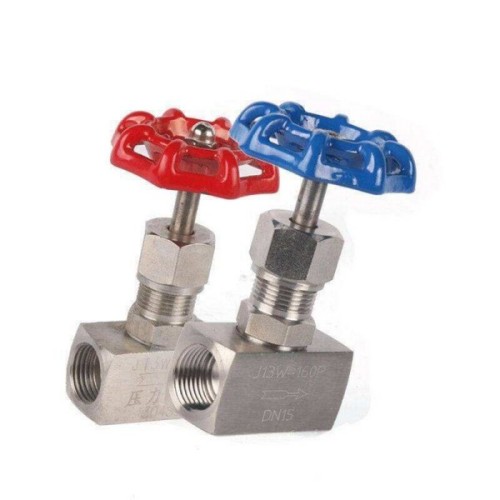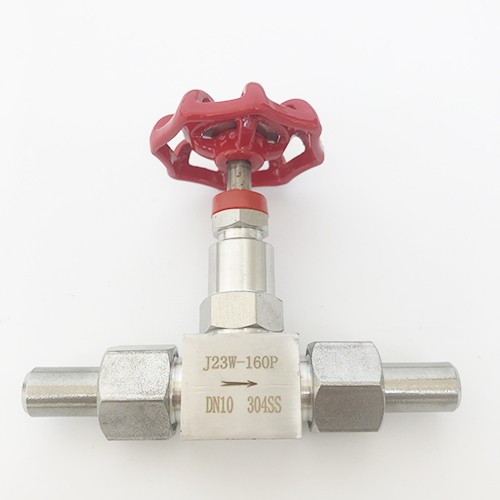Needle valve is a type of valve with a small port and a threaded, needle-shaped plunger. It is designed to precisely regulate the flow of fluid in a system. The fine threading of the plunger allows for very accurate control of the flow rate, making needle valves suitable for applications where precise flow adjustments are required. They are commonly used in instrumentation, control systems, and other applications where small flow control adjustments are necessary. Needle valves are often used in situations where a small flow rate needs to be maintained, or where a leak-tight shutoff is required. They are not typically used for applications requiring frequent operation or for high-flow applications, but they excel in providing fine control and isolation in low-flow systems. The design of needle valves allows for gradual adjustments, making them well-suited for applications where precise metering of flow is essential.
Why Is It Called Needle Valve?
The term "needle valve" is derived from the long, slender, and tapered shape of the valve's internal plunger or stem, which resembles a needle. This design allows for precise and fine control of the flow rate, similar to the precision associated with using a needle for medical injections or sewing. The narrow and tapered shape of the valve stem enables gradual adjustments to the flow, making it suitable for applications where accurate metering and control of fluid flow are essential. The name "needle valve" reflects the valve's ability to provide precise and controlled flow adjustments, akin to the delicate and accurate nature of using a needle.






